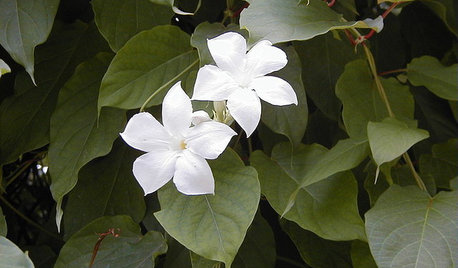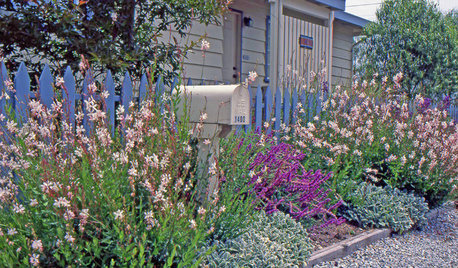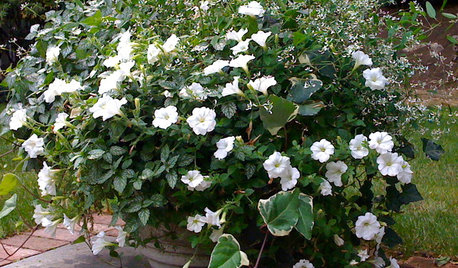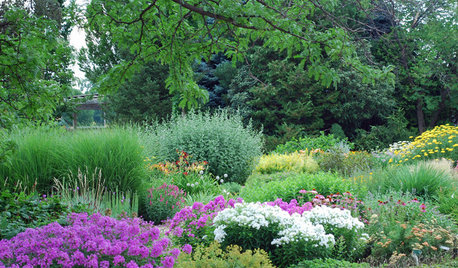planting gardenias
gabrielle12
12 years ago
Related Stories

GARDENING GUIDESGreat Design Plant: Chilean Jasmine
Heavenly scented white blooms are the draw with this alluring vine, a treat for gardens through summer and into fall
Full Story
SPRING GARDENINGTop 10 Scented Plants for Your Garden
A palette of perfumed plants can transform even the smallest of gardens into a sensory delight
Full Story
GARDENING GUIDES10 Top Native Plants for the U.S. Southeast
For a low-maintenance and wildlife-friendly landscape, use Southern natives that withstand heat and humidity
Full Story
GARDENING GUIDESGreat Design Plant: Gaura Lindheimeri
Delicate, butterfly-shaped flowers ‘float’ above the foliage of this lovely, drought-tolerant perennial
Full Story
GARDENING GUIDES11 Perfect Plants for a Moonlit Garden — in Pots
Create an alluring after-dark aura on a patio or deck with container plants that glow white under the stars
Full Story
GARDENING GUIDES6 Plants That Beat Butterfly Bush for the Wildlife Draw
It's invasive, a nonnative and a poor insect magnet. Check out these better alternatives to butterfly bush in the garden
Full Story
LANDSCAPE DESIGNTake Your Garden on a Rural Route With Plant-Dominant Designs
Let plants take center stage for a garden that recalls idyllic pastures fashioned by nature's hand
Full Story
GARDENING GUIDES8 Plants for a Deliciously Fragrant Fall Garden
Scent the autumn air with the perfume of caramel corn, honey and spices by adding these intoxicating plants to your landscape
Full Story
GARDENING GUIDESWhat's Wrong With My Plant? Leaves Often Hold the Clues
Learn how to identify common plant ailments by reading their leaves
Full Story
PETSGarden Alert: 22 Plants to Keep Away From Pets
Avoid potential danger by keeping dogs and cats away from these landscaping and houseplant favorites
Full Story






User
gabrielle12Original Author
Related Professionals
Citrus Heights Landscape Architects & Landscape Designers · Carson Landscape Architects & Landscape Designers · Piqua Landscape Architects & Landscape Designers · Richmond Heights Landscape Architects & Landscape Designers · Bell Gardens Landscape Contractors · Burien Landscape Contractors · Hickory Hills Landscape Contractors · North Potomac Landscape Contractors · Costa Mesa Window Contractors · Hacienda Heights Window Contractors · Suamico Window Contractors · Alameda Driveway Installation & Maintenance · Rochester Hills Driveway Installation & Maintenance · Pittsburgh Decks, Patios & Outdoor Enclosures · St. Louis Decks, Patios & Outdoor Enclosuresbrandon7 TN_zone7
gabrielle12Original Author
gabrielle12Original Author
rhizo_1 (North AL) zone 7
gabrielle12Original Author
jay_7bsc
brandon7 TN_zone7
gabrielle12Original Author
gabrielle12Original Author